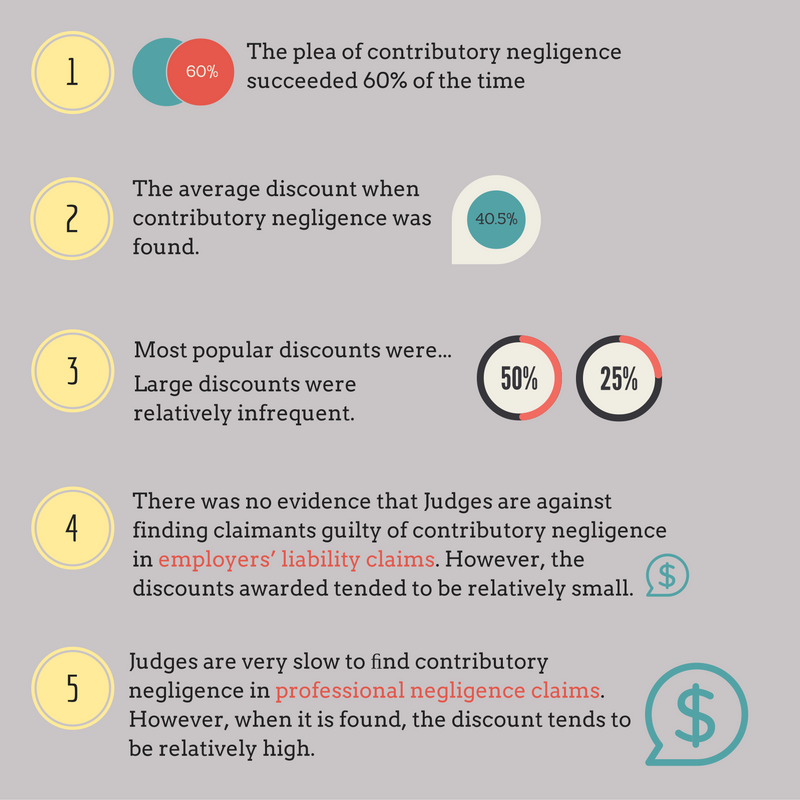How does contributory negligence work in the court?
Legal scholarship in the United Kingdom (and in much of the Commonwealth) is dominated by doctrinal and theoretical research. Such research tends to concentrate on a relatively small number of cases of significant precedential value. Our current research project, which is concerned with contributory negligence, concentrates instead on decisions of courts at all levels. The project was inspired by the explosion in the online availability of judgments, which has made empirical analysis of court decisions much more feasible than it used to be. Empirical analysis of this kind is very time-consuming, and our research would not have been possible without a grant from the John Fell (OUP) Fund, which enabled the researchers to employ research assistants and a statistician.
The doctrine of contributory negligence is one of the most important rules in English private law. It reduces the amount of compensation payable to victims of wrongs by a percentage of the total award where the victim is partly to blame for his or her own injury. Despite its importance, however, little is known about how the courts apply the contributory negligence doctrine in practice.
The two key questions at which we looked were:
- How frequently are claimants found guilty of contributory negligence?
- By what amount are the claimant’s damages discounted when contributory negligence is found?

Some of the most important findings so far are displayed in the graphic:
The first output of our research reports the results of an analysis of 368 first instance decisions on the contributory negligence doctrine handed down in England and Wales between 2000 and 2014. The article based on this research was published in the Modern Law Review: (2016) 79 MLR 575.
The research continues. A second research paper has recently been accepted for publication. That paper looks at the contributory negligence doctrine in appellate courts. It will appear as James Goudkamp and Donal Nolan, ‘Contributory Negligence in the Court of Appeal: An Empirical Study’ (2017) Legal Studies (forthcoming). At least two further papers are planned, examining the operation of the contributory negligence doctrine in two particular contexts of special importance, namely road traffic accident cases and employment cases. Data collection for those papers is nearly completion.
The ultimate goal is to consolidate this research within two books. One book will be written in the traditional scholarly style and will report the finding of our various empirical investigations regarding the contributory negligence doctrine. The other will be a slim-line volume for use by practitioners and judges that gives guidance as to the discounts made for contributory negligence in particular types of case.

